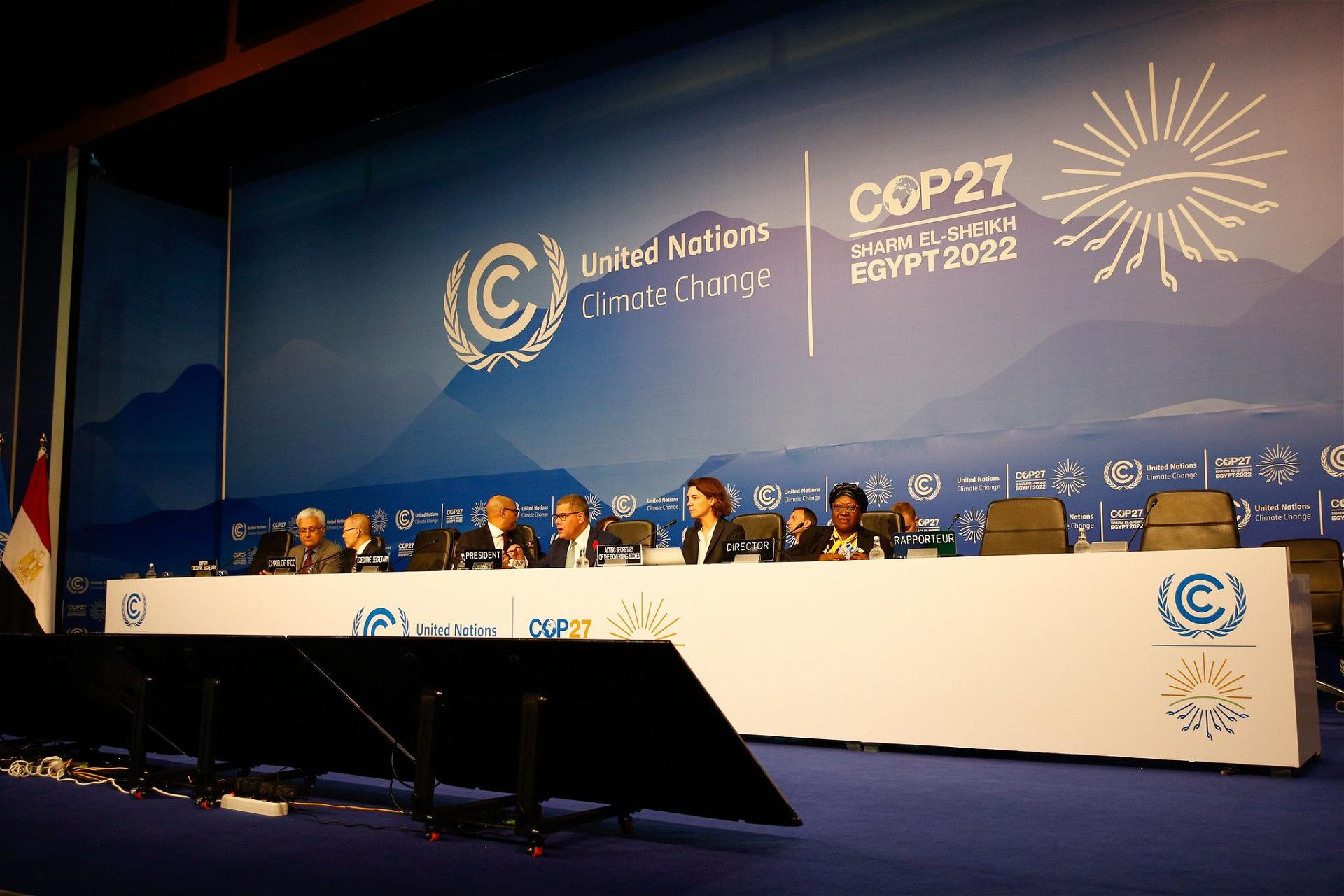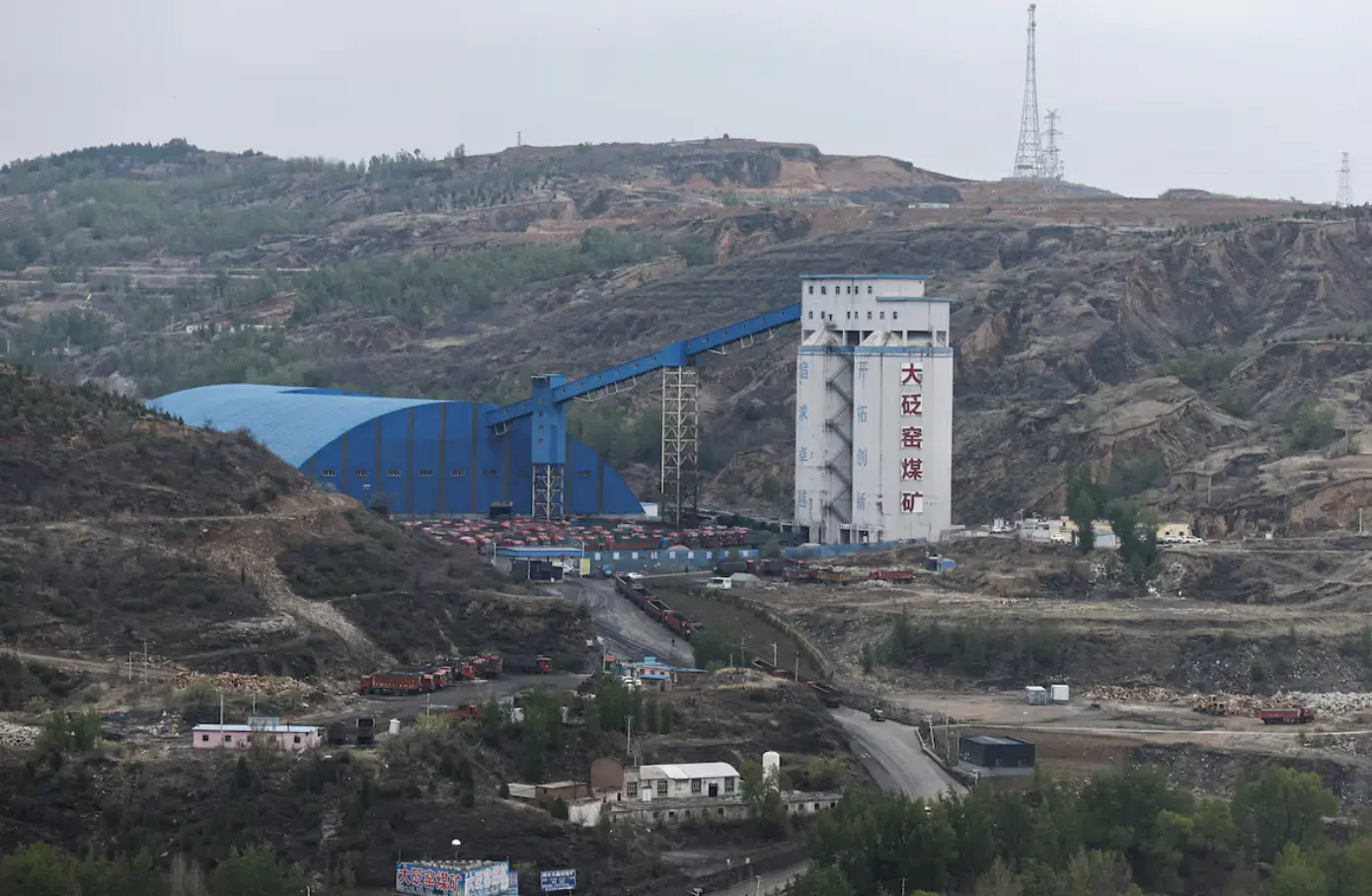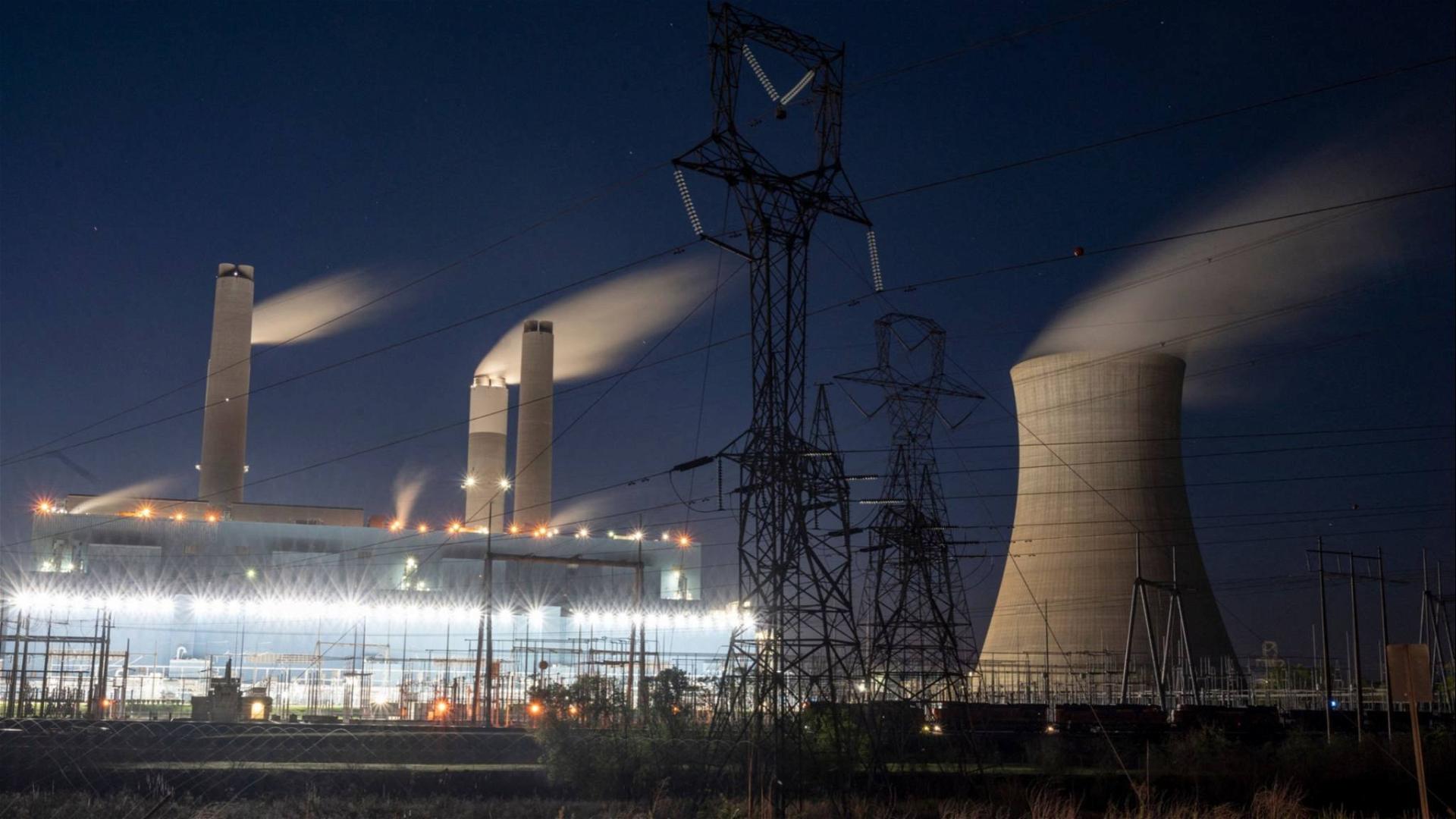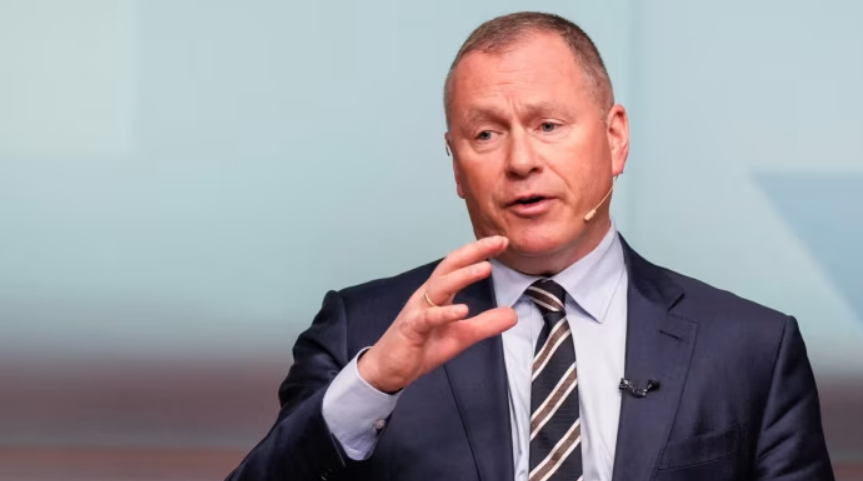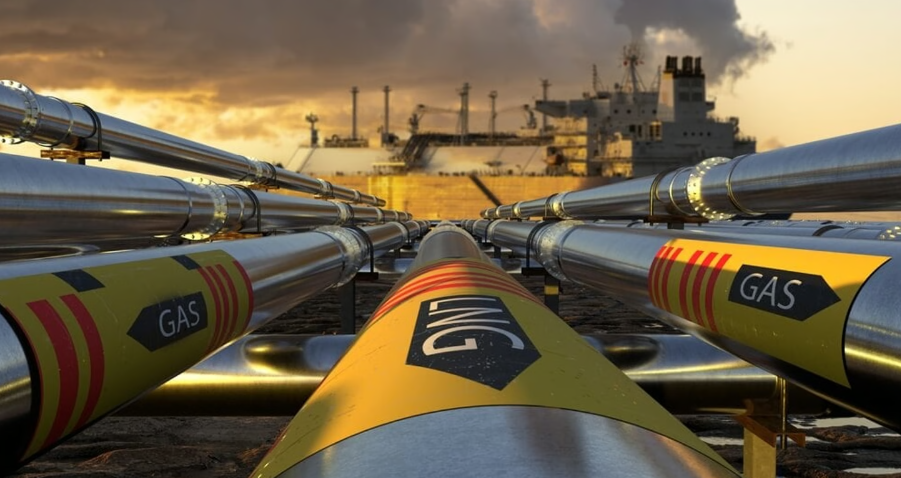· 5 min read
World leaders reconvened in Egypt for COP27 from November 8th to the 17th. Last year COP26 in Glasgow kept alive the ambition of limiting global warming to 1.5° Celsius, but the energy crisis - exacerbated by the invasion of Ukraine - poses additional challenges to a faster reduction in fossil fuel emissions. The reduced supply of natural gas in Europe is being solved in the short term with an increased use of coal for energy generation. In June, Germany, Austria and the Netherlands announced an emergency restart of coal power plants, postponing the planned decommissioning of the heavy emitters (coal power plants emit more than twice as much as natural gas plants of the same size). The perils of such a trend represent a further reduction in our chance to limit climate change. At the end of October, the UN Environmental Program (UNEP) published its 2022 Emissions Gap Report, pointing out that after a COVID-induced reduction in 2020, 2021 emissions rebounded and reached 52.8 Gt CO2e, above 2019 levels. Yet again, world leaders reconvened to discuss solutions while scientists warned that we are running out of time.
The Bad
We have emphasized the importance of China in global decarbonization. On Tuesday November 8th, China’s special climate envoy, Xie Zhenhua, reiterated the country’s commitment to peaking emissions by 2030. The problem is that China, too, is burning more coal, which drove the 6% increase in its emissions last year. China burns more coal than the rest of the world combined, which is the main reason why the country is responsible for a third of all anthropogenic global GHG emissions (more than the total from the EU, US and Japan). Therefore, there is only one path for the discussions in Egypt to be truly consequential, and that is for a real commitment to accelerate the phasing OUT of coal, but the 200 countries did not reach an agreement on this pivotal issue.
The FT analysed past and future CO2e emissions from the world’s current coal-fired power plants, concluding that if operated for typical lifetimes and utilisation rates, the world’s operating coal-fired fleet would emit 330 gigatons of CO2e between now and 2100. These future emissions are more than the past emissions of all power plants ever in operation and represent 2/3rd of the 500 gigatons that is our entire emissions budget if we wish to secure a 50% chance of limiting global warming to 1.5° Celsius.
There was a call for an acceleration of the energy transition to solve the energy crisis, with $4 trillion of annual investments to support the goal of cheap electricity from renewable sources, which are to provide 65% of the world’s total electricity by 2030. While over 88% of new capacity added in 2021 to the global electricity system was from solar and wind, the problem is that we are still adding coal fired power plants and natural gas ones, too. The word “coal” appears only once in the first draft of the cover text released a day before the end of COP, and it was in the sentence that refers to phasing down (and not OUT) of coal. But it calls for the phasing OUT of fossil fuel subsidies.
The (Potentially) Good
Two potentially very positive developments regarding coal are related to the efforts of President Biden. Firstly, President Biden and President Xi met in Bali on November 14th during the G20 meeting. The three hour discussion was characterised as a "Bridge-Building" effort; a closer relationship between China and the US could have positive repercussions to the energy transition. President Biden also met with Indonesia’s president Joko Widodo on November 15th and agreed a $20 billion climate finance deal to support the country pivot away from coal. Indonesia is committing to capping emissions from electricity at 290 Megatons by 2030, when renewable sources must represent at least 34% of all power generation.
No conclusion was reached on the implementation of Article 6, but a draft document was discussed with key language on how the international compliance carbon market would work, with discussions to continue in 2023. The new development on carbon tax at this COP was the idea brought up by US climate envoy, John Kerry, to use a voluntary carbon offset market to fund the acceleration of the energy transition for developing countries.
The Broad
In Glasgow last year, the energy crisis was already showing signs of escalation, which undoubtedly escalated even further with Russia’s invasion of Ukraine in February. The energy trilemma in the short term is being solved with a focus on security of supply, and EU countries are burning coal and extending the useful life of nuclear plants marked for decommissioning. This is the context of COP27, which we believe will be known for the year when adaptation, climate resilience and regeneration were elevated. In other words, the annual UN gathering this year saw the broadening of the issues, beyond GHG mitigation. Elevating adaptation goals means raising awareness and ambitions on water related problems, as 80% of adaptation strategies are water related. Loss and damage were also centre stage in Egypt, an acknowledgment that we have not mitigated enough and need to focus on adaptation, but that we may not adapt and build resilience fast enough and therefore need to repair loss and damage as well.
Elevating adaptation and loss & damage for the most vulnerable was a clear, positive outcome of this COP. The countries agreed to launching a fund to support loss and damage in developing countries. The much-used terms were “avert”, “minimise” and “address” referring to – respectively - mitigation, adaptation and to loss that at this point cannot be avoided. Although adaptation and loss & damage are now being elevated, specific goals for adaptation measures will only be discussed at COP28. The agreement for this COP27 is to at least double the financing for adaptation. The current levels of international adaptation-related finance flows, in particular to the most vulnerable in developing countries, is “insufficient and inadequate” to respond to climate change impacts. Loss and damage in the context of the current temperature at an additional 1.2° Celsius of warming already leaves the most vulnerable countries significantly affected.
Illuminem Voices is a democratic space presenting the thoughts and opinions of leading Sustainability & Energy writers, their opinions do not necessarily represent those of illuminem.
